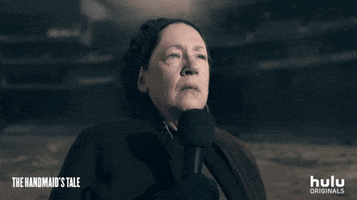A made-up story about technical and churn
Characters:
Big rad onc - Bro
Rad onc student applicant - Rosa
2009
Bro: Ever since IMRT was developed, the private practice guys have been raking in those technical fees. Rural hospitals, urorads, those guys couldn’t even contour a bladder!
Rosa: Doesn’t our academic hospital get technical fees too?
Bro: Yes but we want their technical fees, too. You have to think big, imagine how much we could do with more resources.
Rosa: Like what?
Bro: Research! Curing cancer! We could push the field forward that much faster.
Rosa: Isn’t that what NIH funding is for?
Bro: Ugh, I don’t like writing grants. But I have many, many great ideas.
Rosa: Wow, I like the sound of that. I can’t wait to be just like you.
2023
Bro: Remember when we talked about growing our clinical enterprise? It worked! We are 200% bigger, with many satellites and many residents.
Rosa: That’s great! Did all your research ideas get funded?
Bro: What research ideas? Oh, I forgot to update you. The technical fees were so profitable for us, that we’ve just been focusing on growing as much as possible, expanding our residency program and acquiring satellites.
Rosa: I thought you wanted to grow your clinical enterprise to support your research ideas.
Bro: Hmm, yes, I suppose that’s what I told the private practice doctors. Such a negative, nasty crowd, by the way. Anyways, to be honest, it’s been a mixed bag, we lost some indications with stomach cancer and lymphoma, but we gained some indications with early-stage lung cancer and oligomets.
Rosa: I see. Do you have any faculty openings?
Bro: Of course! Lots of satellite positions. You wouldn’t have your own lab, or startup funds, but you could enroll onto clinical trials.
Rosa: I can do that at a community hospital too?
Bro: Well, if you work for us, you’ll be contributing to research! Curing cancer! Pushing the field forward!
Rosa: But you just said that even after taking over all those private practices, you haven’t made significant gains in new therapies or indications. That’s not what I signed up for.
Bro: Look kid, do you want the job or not?
Rosa: Sorry, Bro.
END



